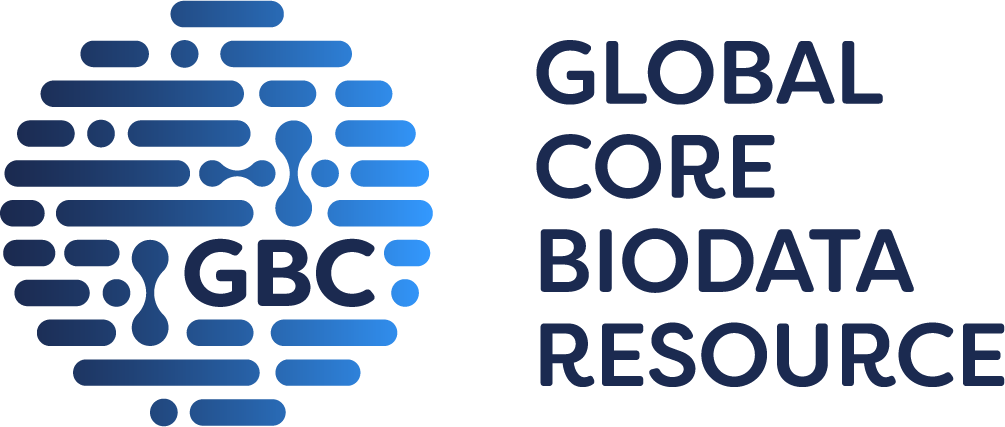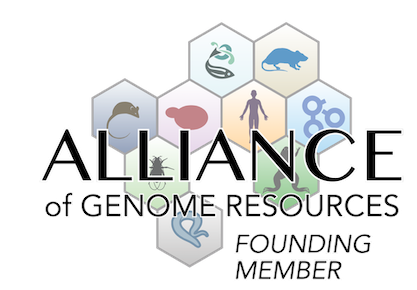nervous system
|
• a subset of mice develop spontaneous progressive signs of neurological illness consistent with prion disease beginning around 400 days of age
• about 60% of mice develop spontaneous disease by 20 months of age
|
|
• infectious prion seeds form spontaneously in the brain
|
|
• brains from spontaneously ill mice exhibit prominent gray matter vacuolation in the hippocampus, cortex, and thalamus
|
astrocytosis
(
J:361333
)
|
• brains of symptomatic mice exhibit increased astocytic gliosis in regions with vacuolation
|
|
• mice develop prion disease-specific neuropathological changes including spongiform degeneration
|
mortality/aging
|
• all-cause mortality is increased
|
behavior/neurological
|
• spontaneously sick mice show variable presence of limb abnormalities and ataxia
|
growth/size/body
weight loss
(
J:361333
)
|
• in spontaneously sick mice, one of the most common signs of illness is prominent weight loss
• progressive weight loss tends to begin approximately 3-4 weeks before terminal disease
|
homeostasis/metabolism
|
• mice show progressive accumulation of protease-resistant prion protein in the brain with age
• intracellular prion protein deposition within glial cells is selectively present in the striatum of sick mice
• however, no extracellular PrPSc deposition is seen in brain regions exhibiting spongiform degeneration
|
immune system
dermatitis
(
J:361333
)
|
• some mice exhibit severe dermatitis characterized by neurotic scratching/overgrooming the head region
|
integument
dermatitis
(
J:361333
)
|
• some mice exhibit severe dermatitis characterized by neurotic scratching/overgrooming the head region
|
skeleton
|
• in spontaneously sick mice, one of the most common signs of illness is prominent kyphosis
|
Mouse Models of Human Disease |
DO ID | OMIM ID(s) | Ref(s) | |
| prion disease | DOID:649 | J:361333 | ||



 Analysis Tools
Analysis Tools